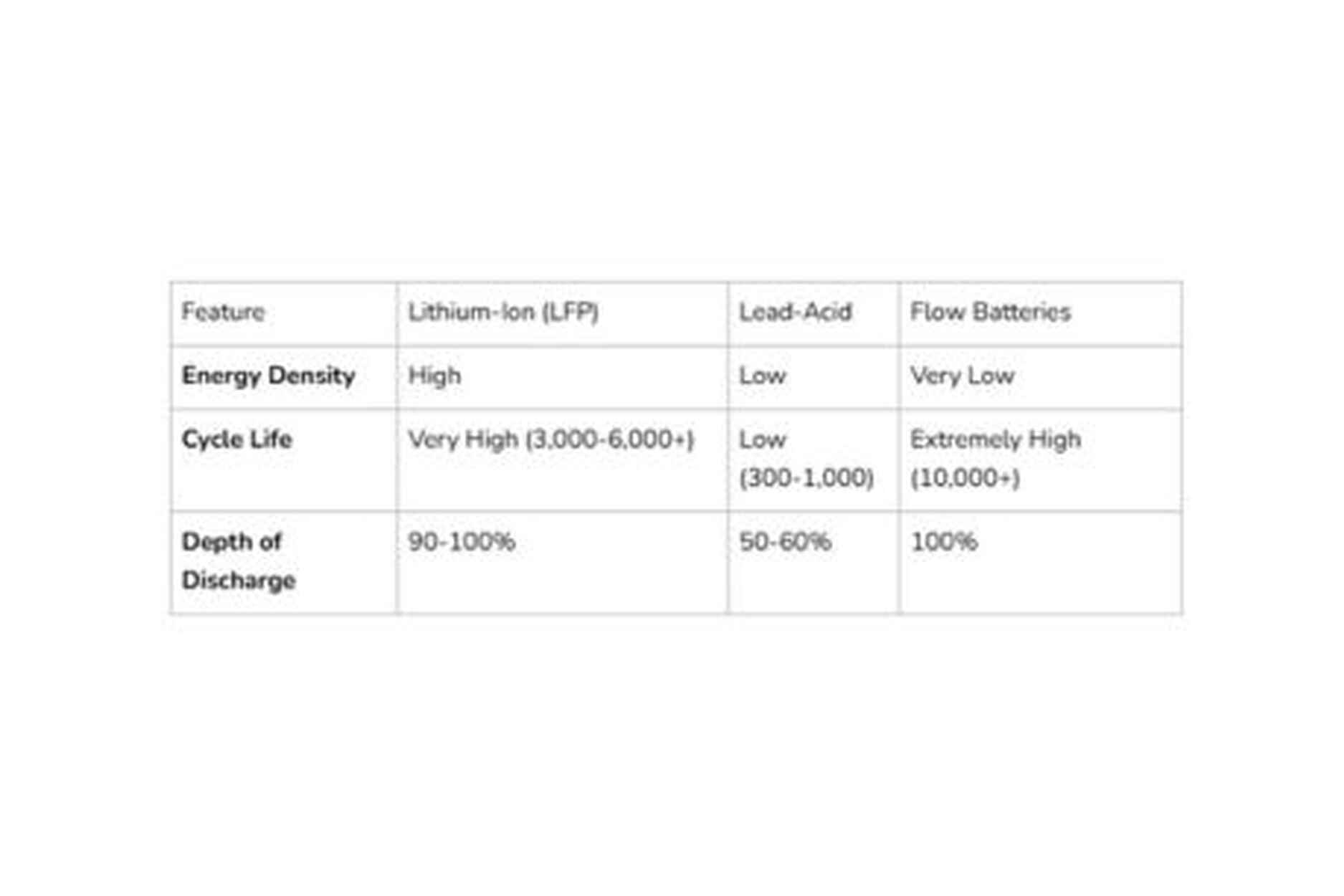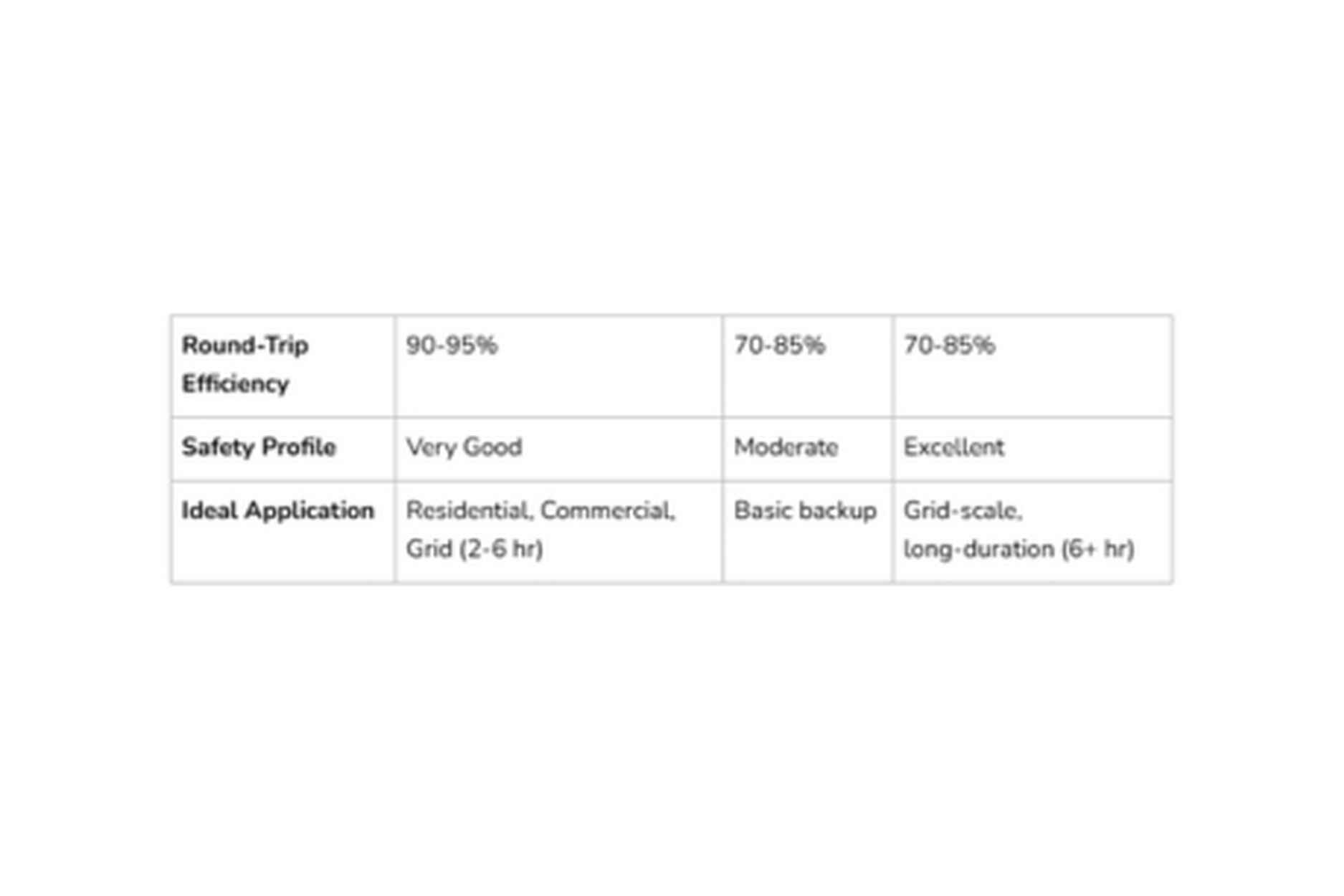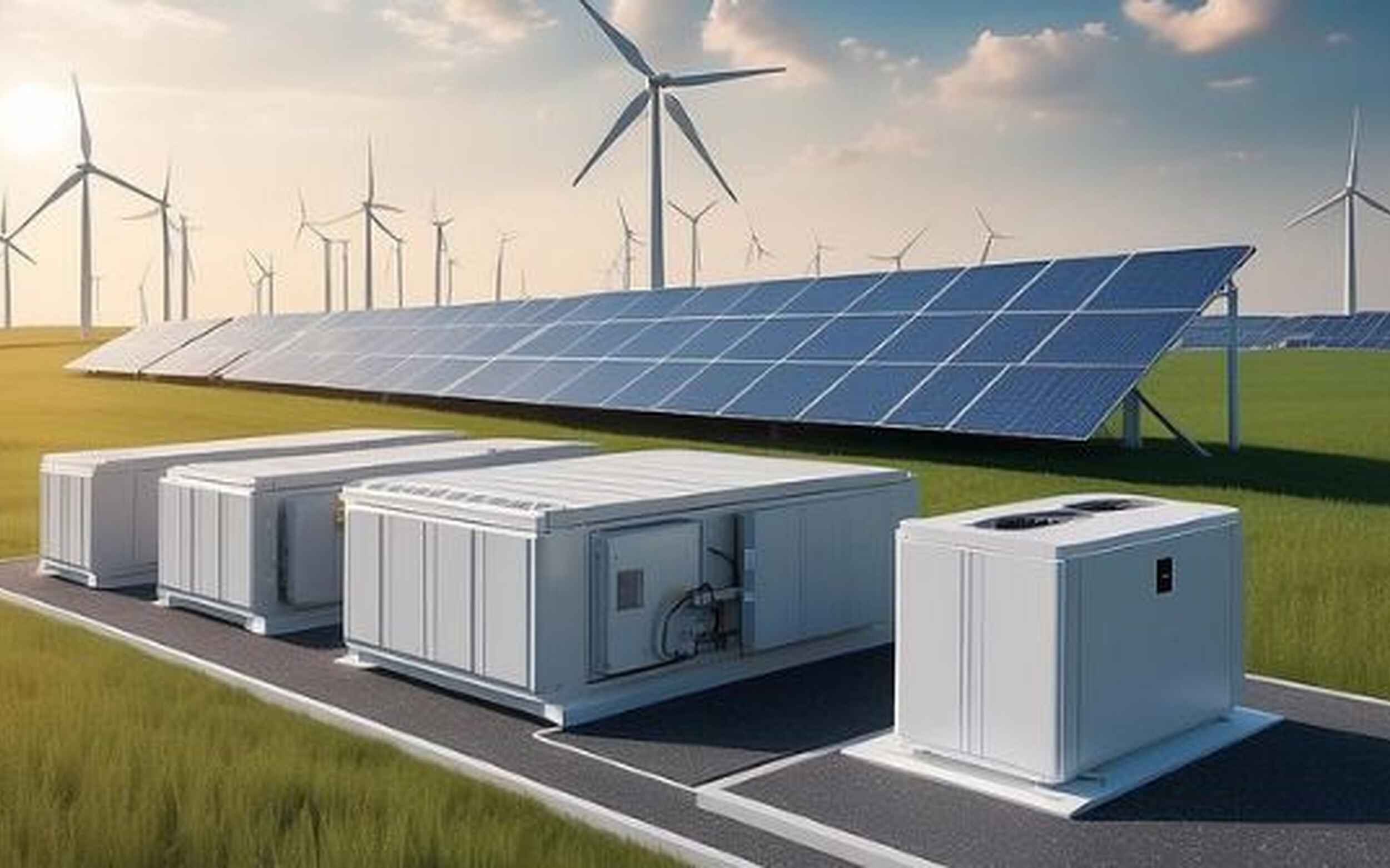As we move away from fossil fuels, renewable energy sources like solar are expanding at a record pace. However, these sources are intermittent, meaning the sun doesn't shine at night. This variability presents a fundamental challenge to creating a stable and reliable power grid. The solution isn't just more solar panels, but a smarter, more flexible energy infrastructure.
At the heart of this modern grid is battery energy storage. These systems are the critical technology that unlocks the full potential of renewables. By capturing excess solar energy when it's abundant and deploying it when needed, solar battery storage transforms an intermittent resource into a firm, dispatchable, and reliable source of power.
For landowners, investors, and state-level decision-makers, understanding this technology is a strategic imperative. Solar-plus-storage projects represent a powerful convergence of economic opportunity, environmental stewardship, and energy security.
At its core, a solar battery storage system is designed to capture solar energy that isn't immediately used and save it for later. This simple concept is powered by a sophisticated and highly efficient process.
The journey from sunlight to usable, stored power follows a clear, multi-step path:
Photovoltaic (PV) solar panels absorb sunlight, which excites electrons in the silicon cells to generate direct current (DC) electricity.
This DC electricity flows to an inverter, a device that converts it into alternating current (AC) electricity, the standard form used by our homes, businesses, and the grid.
The AC electricity immediately powers any active electrical needs on the property.
If the solar panels generate more electricity than is being consumed, the excess power is sent to the battery. A bi-directional inverter converts it back to DC power to charge the battery.
When solar production stops (at night) or is insufficient, the stored DC energy in the battery is discharged. The inverter converts it back to AC electricity to power the property.
If the battery is fully charged and solar generation still exceeds on-site demand, the surplus power can be exported to the utility grid, often for financial credit.
The Science of Lithium-IonThe vast majority of modern solar storage systems use lithium-ion battery technology. During charging, an external power source causes lithium ions to move from the positive electrode (cathode) to the negative electrode (anode), storing potential energy. When the battery provides power, the process reverses, and the flow of ions releases stored electrons to create an electrical current. This electrochemical process is highly efficient and can be repeated thousands of times.
Anatomy of a Modern Solar Storage System
A solar battery storage facility is more than just panels and batteries; it is a fully integrated ecosystem where advanced hardware and intelligent software work seamlessly together. Beyond capturing and storing renewable energy, the system actively manages power flows, balances demand and supply, and ensures optimal efficiency. With features like real-time monitoring, predictive analytics, and automated control, it transforms solar energy into a reliable, flexible, and sustainable power source for both immediate and long-term needs.
The physical components are engineered for performance, durability, and safety. A typical commercial or utility-scale system includes solar panels, which serve as the primary energy source, and a set of sophisticated inverters. These inverters are the gateways for energy conversion, managing the flow of power from the panels, to the battery, and out to the grid.
The battery system itself consists of multiple battery modules interconnected into racks. Numerous racks are then combined within protective enclosures to achieve the desired energy capacity. These enclosures often include integrated thermal management systems to maintain optimal operating temperatures. Finally, the Balance of System (BOS) includes all supporting infrastructure, from wiring and transformers to the physical mounting structures.
The Battery Management System (BMS) is the electronic brain that governs the entire battery system. Its role is absolutely critical for ensuring safety, optimizing performance, and maximizing the asset's lifespan.The BMS continuously monitors key parameters like voltage, current, and temperature for every cell. It protects the battery by preventing it from operating outside its safe limits, guarding against overcharging, over-discharging, and thermal runaway, a critical safety function. The BMS also actively balances the charge across all cells, which prevents premature degradation and ensures the entire battery's capacity remains usable.
A Comparative Analysis of Battery Technologies
While lithium-ion dominates the market, it's essential for investors and planners to understand the landscape of available battery chemistries. The choice of technology directly impacts project economics, land use, and operational characteristics. The industry standard, Lithium-Ion, is preferred for its high energy density and long cycle life. The two primary types are:
Lithium Iron Phosphate (LFP): Increasingly the standard for stationary storage due to its superior thermal stability (making it very safe), extremely long cycle life (3,000-6,000+ cycles), and absence of conflict minerals like cobalt.
Nickel Manganese Cobalt (NMC): Offers higher energy density, making it a common choice for electric vehicles where space and weight are critical.
Other technologies include legacy Lead-Acid batteries, which are low-cost but limited by a very short cycle life and poor performance, and emerging Flow Batteries, which are ideal for long-duration (6+ hours) grid applications due to their exceptional longevity and safety.


The Economics of Solar Battery Storage
A battery storage facility is a dynamic asset capable of generating value through multiple streams. Understanding these revenue opportunities is critical for assessing a project's financial viability.
For commercial and industrial clients, on-site storage offers direct savings through solar self-consumption, where excess solar energy is stored for later use, and peak demand shaving, where the battery discharges during periods of high electricity use to avoid costly demand charges from the utility. It also provides invaluable backup power during grid outages.
For utility-scale projects, batteries generate revenue by participating in wholesale energy markets. The most common strategy is energy arbitrage, or buying low and selling high—charging the battery when electricity is cheap and abundant, then selling it back to the grid when prices are high. Batteries are also uniquely suited to provide high-value ancillary services, such as frequency regulation, which are essential for keeping the grid stable in real-time.
Grid Modernization and State-Level Benefits
Beyond project-level economics, solar battery storage is fundamental to modernizing our entire electricity grid. By smoothing the variable output of solar and wind, batteries mitigate intermittency and create a consistent, reliable power supply. They also enhance grid resilience, creating "microgrids" that can keep critical facilities running even when the larger grid goes down.
For utilities and state planners, one of the most compelling applications is using batteries as a Non-Wires Alternative (NWA). Instead of spending hundreds of millions on new transmission lines or substations to meet peak demand, a costly and time-consuming process, a utility can deploy a battery storage system at a fraction of the cost to achieve the same goal.
This capability makes storage a critical tool for states aiming to meet ambitious clean energy goals. Achieving 100% clean energy targets is virtually impossible without a massive buildout of storage to absorb surplus renewable generation and shift it to periods of high demand.
The Opportunity for Landowners
For owners of suitable land, hosting a utility-scale battery storage facility presents a significant opportunity to generate stable, long-term passive income.
Compared to large solar farms, battery storage projects have a much smaller land footprint. A large 100 MW / 400 MWh facility, for example, might require only 5-10 acres. This allows landowners to lease a small portion of their property while continuing other activities on the remainder.
The most valuable land for battery development is flat, clear, and, most importantly, located adjacent to or very near an existing electrical substation or major transmission lines. Proximity to the grid is the single most critical factor in project economics. In exchange, landowners receive a reliable, multi-decade revenue stream through a lease agreement, with rates that can be highly competitive, especially for prime locations.
The Policy Landscape: Catalyzing the Storage Revolution
The rapid growth of the battery market is being supercharged by a supportive policy environment, led by the Inflation Reduction Act (IRA). This landmark legislation created an Investment Tax Credit (ITC) for standalone energy storage for the first time.
This allows storage projects to claim a 30% tax credit without needing to be co-located with a solar facility, giving developers immense flexibility. Projects can "stack" additional bonus credits for using domestic content or citing projects in former fossil fuel communities, potentially reaching a 50% or higher credit. This powerful federal incentive dramatically improves project economics and de-risks new investments.
Partnering for a Stored Energy Future
How solar battery storage works is a story of technological innovation, compelling economics, and transformative grid impact. It is a mature, reliable, and financially viable technology that is indispensable to a modern, decarbonized energy system. For landowners, it offers a stable, passive income stream. For investors, it is a high-growth asset class supercharged by powerful incentives. And for states, it is the key to unlocking the full potential of renewable energy.
As a leader in renewable energy solutions, VIRIDI has the expertise to develop, construct, and operate state-of-the-art solar and storage projects. We invite you to partner with us to harness the power of stored energy and build a more resilient, profitable, and sustainable future.
